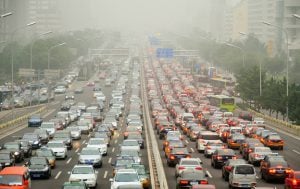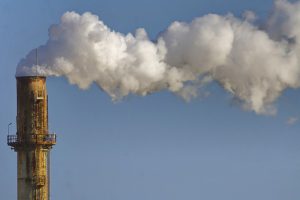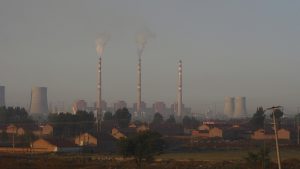China’s aim to peak CO2 emissions by 2030–or before–is under threat because of the country’s inability to curb the number of new cars and trucks hitting the roads in what is already the world’s biggest market for vehicles.
The central government is placing great emphasis on capping emissions of coal, but much less attention is put on cutting oil consumption, which is
expected to rise sharply. As a consequence, the authorities will need to deliver a much tougher and closely coordinated strategy to curb vehicle use.
Without these measures, which we outline further along in this article, China’s oil demand might almost double by the end of the next decade. (BP’s energy outlook estimates growth to 17.5 million barrels per day by 2030 from 8 million b/d currently).
In the absence of much tougher policies, according to our projections total vehicle numbers rise to 500 million by the end of the next decade, more than triple the current amount.
That increase in vehicles and oil consumption would almost double the volume of CO2 emissions from the transport sector, offsetting many of the cuts (from business-as-usual levels) delivered by a reduction in coal use in power generation and industrial sectors.
We estimate that carbon emissions from the road transport sector will rise by 80% to around 1.3 billion tonnes of CO2e by 2030 from an estimated 730 million tonnes of CO2e in 2014 (compared with an
estimated total CO2 emissions of around 10 billion tonnes last year). This rise could be big enough to delay an overall carbon dioxide peak beyond the 2030 date outlined by China’s government .
Growth in GHGs from vehicles far outstrips any other sector, as emissions from cars and trucks grew by an average of 8.7% a year in recent decades. Growth in CO2 emissions in China has been partly driven by the explosion of vehicle sales and the increased length of journeys, which have totally offset the efforts by measures such as tighter fuel economy standards.
Current measures fall short
Cars contribute 90% to the total vehicle growth with a sixfold increase due to bigger incomes and rising travel demand. The number of trucks on the road is predicted to double given forecast growth for freight, which could increase by almost 2.5 times by 2030.
Improvements in the efficiency of cars can only curb activity growth in less than a quarter of provinces, including megacities such as Shanghai and Beijing. These areas have constrained emissions because their vehicle numbers have approached saturation point, and growth in the number of journeys, and length of journeys, is slowing.
But outside these areas, growth in vehicle activity will rise sharply, particularly in fast-growing southern provinces of Jiangxi, Sichuan and Jiangsu, The vast numbers of new cars and trucks in these areas will dominate the growth of vehicle greenhouse gas (GHG) emissions in the next 15 years and will require
much tougher policies from government.
Existing policies
The implemented measures to cut vehicle GHG emissions can be broadly divided into two categories: Those that reduce activity in vehicle use and improve fuel efficiency.
The Chinese government has settled on these two approaches because they have the additional benefit of curbing particulate pollution that has become such a major problem in many of the country’s cities. In particular, China is focusing on the following: rapid growth of mass transit systems; updating fuel economy standards closer to developed country levels; improved market penetration of electric vehicles; and an increase in the proportion of biofuel blends.
On paper, the most effective policy would be to update fuel economy standards. The thinking is that if China could improve its fleet average fuel economy to reach the world’s most stringent levels (which are typically found in
EU and Japan) in 2030, CO2 from vehicles could be constrained and peaked successfully.
However, the current fuel economy in China is about 10%-40% worse than Japan and Europe, and fuel consumption limitations for buses and trucks, the two largest diesel users in China, lag about ten years behind cars.
So it is overoptimistic to assume that China can make big and swift improvements in fuel economy, given various constraints in China. For instance, bus and truck manufacturers in China lack the required motivation to improve fuel economies due to absence of incentives.
Roadmap
Worse still, the growing traffic jams in cities result in additional travel times and
vehicle-idling emissions. No other single policy besides tougher fuel standards can peak emissions from road transportation.
Given these constraints, the most appropriate option is for China is to implement an integrated package of policies. It is important to combine fuel consumption limits at the national level along with curbs on car use at a local level, which is a useful method to constrain CO2 emissions in rapidly urbanising areas in southern China.
According to our assessment, an effective policy package could be designed as follows: reductions in car use by 25% in urban areas; improvements in fuel economy by 25% for both cars and trucks in 2030 compared with 2020; and a much more vigorous promotion of electric vehicles and biofuels.
The stringent new policies would allow China to peak GHG emissions from road transport sector around the end of the next decade, helping the country reach the zenith of energy-related GHGs by 2030.
Glen P. Peters, Zbigniew Klimont and Qiang Zhang contributed to this article and summarises the conclusion of their recent research on the subject, which can be found here.






